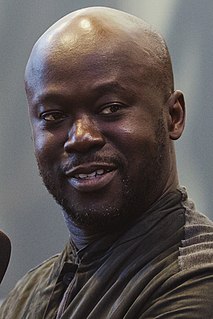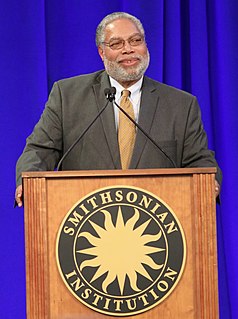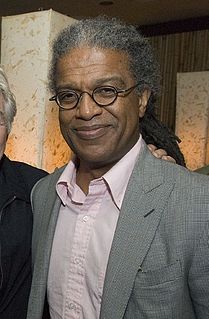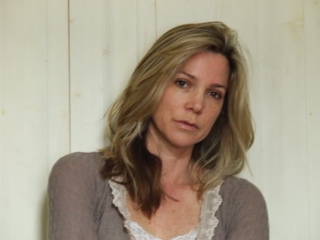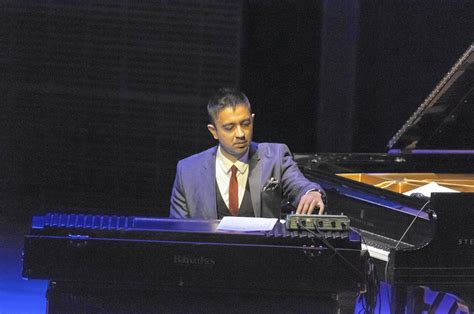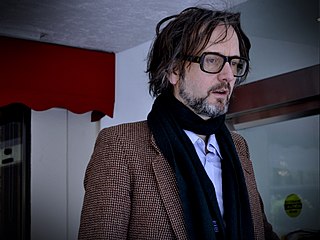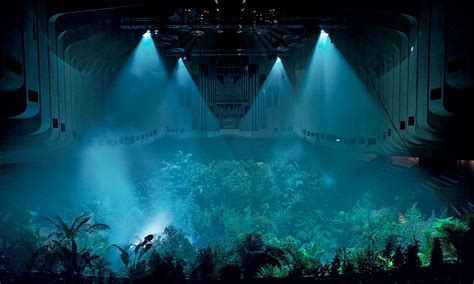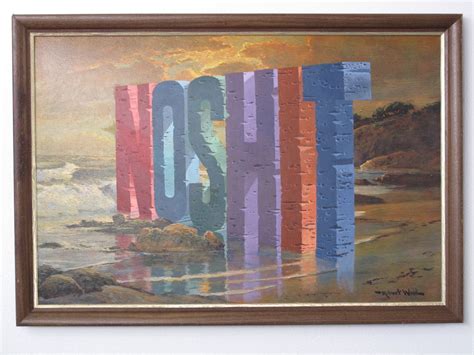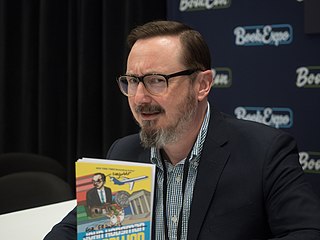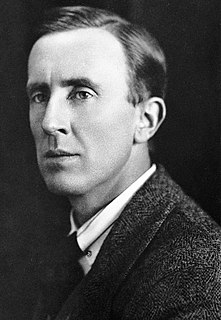A Quote by Haruki Murakami
Sometimes I feel like a caretaker of a museum -- a huge, empty museum where no one ever comes, and I'm watching over it for no one but myself.
Related Quotes
The museum in D.C. is really a narrative museum - the nature of a people and how you represent that story. Whereas the Studio Museum is really a contemporary art museum that happens to be about the diaspora and a particular body of contemporary artists ignored by the mainstream. The Studio Museum has championed that and brought into the mainstream. So the museums are like brothers, but different.
My education in the arts began at the Cleveland Museum of Art. As a Cleveland child, I visited the museum's halls and corridors, gallery spaces and shows, over and over. For me, the Cleveland Museum was a school of my very own - the place where my eyes opened, my tastes developed, my ideas about beauty and creativity grew.
I did make several trips to the very wonderful [Georgia] O'Keeffe museum. Besides the art (my favorite paintings are from her Pelvis series) my favorite thing about the museum is the architecture. I love how enormously tall the doors are - it is like going into a church. There is also something home-like about the layout of the museum. I wish I could live there!
I've put live performance in a lot of spaces. Part of what I want to do is take over the takeover. Another way that someone put it is, you climb over the fence and you cut a hole in it, and let everyone else in. That's kind of what this is. The museum is a repository of great works, but there is certain work that no one ever calls great. This is an insistence on directing their attention to other stuff that's great, that never gets to be in a museum.
You don't just find an empty museum and say, "I should do something here." I was looking for another kind of venue or exhibition format. I was trying to find a site where something could happen over a long period of time - something that could slowly transform itself and the place as it went. And I was also trying to stand out of the art-world system. Strangely enough, I stumbled on vacant museum.
The place has had a super-conflicted relationship to its mission. In 1956, it opened as the Museum of Contemporary Crafts. Then in 1986 it had a midlife crisis and changed its name to the American Craft Museum. Then in 2002 the name changed again, this time to the Museum of Arts and Design. Maybe in 2025 the place will be called the Designatorium. The big problem with a museum of craft and design is that all art has craft and design.
I had the chance to play with a ghost of the museum. The function and the institution are gone - it's closed - but there is still the building. I was looking for something between an experiment and an extended ritual. I asked 15 actors to be in this museum and take the position of the museum's personnel. I put this small group under certain conditions and influences, interpreted by another group of actors or by real professional performers, like a magician, a psychic, a model, a hypnotist, a singer, a psycho-dramaturge.

